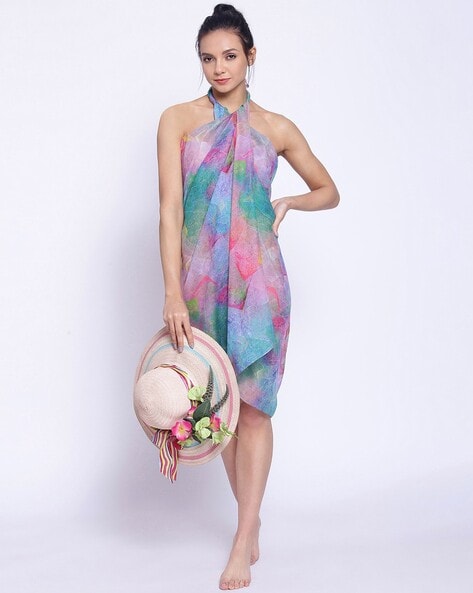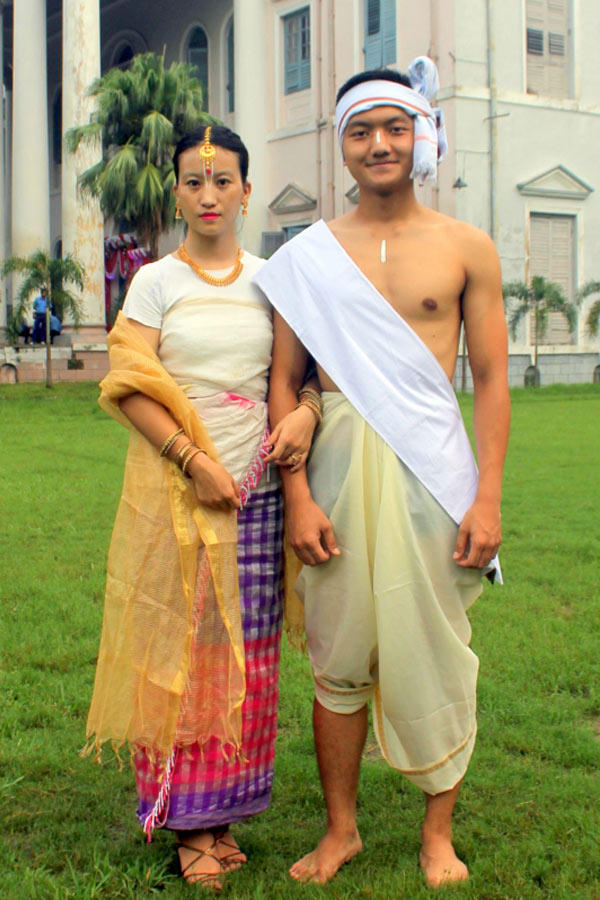Sarongs, also known as lungis, are traditional pieces of clothing that are making a comeback in fashion. These large pieces of cloth, are typically made from cotton or silk. Sarongs are wrapped around the waist and worn as a skirt or a dress. But don’t let their traditional roots fool you – sarongs are the ultimate versatile piece of clothing. These can be worn in countless ways, making them a must-have in your closet.
Cultural significance of Sarong
First things first, let’s talk about where sarongs come from. They’re traditionally worn in many Southeast Asian and South Asian countries like Indonesia, Malaysia, Sri Lanka, Bangladesh, and India. In Indonesia, both men and women rock the sarong as a traditional attire, while in Sri Lanka it’s worn by men as a lower garment. But no matter where they’re from, sarongs are the ultimate symbol of culture and tradition.
The sarong is a traditional attire in many Southeast Asian and South Asian countries, including Indonesia, Malaysia, Sri Lanka, Bangladesh, and India. It is commonly worn to the beach, as casual attire, but also as formal attire in some cultures. In Sri Lanka, the sarong is worn by men as a lower garment, usually with a shirt. In India, sarongs are worn in coastal regions and hilly areas, it has a different name in different regions.
Ways to wear a sarong:
But enough about the history, let’s talk about how sarongs can be worn. The possibilities are endless – they can be worn as a skirt, a dress, a scarf, and many other ways. Some of the most popular ways to wear a sarong include wrapping it around the waist and tucking it in at the side, draping it over one shoulder and tucking it into the waist, or even tying it like a scarf around the neck. . The options are endless and can be worn to any occasion, whether lounging on the beach or attending a formal event. Phanek and Inaphi are also a type of Sarong worn as traditional Manipuri attire.

Sarong material and designs
But let’s talk about the best part – the materials and designs. Sarongs come in a wide variety of materials, including cotton and silk, and other fabrics. They come in different patterns, colors, and prints. Some of the most popular designs include batik, ikat, and other traditional motifs. The choice of material and design will depend on the occasion and your personal style.
How to choose a sarong
When choosing a sarong, there are a few things to consider. Firstly, think about the occasion for which you will be wearing the sarong. If you’re planning to wear it to the beach, a cotton sarong would be a good choice. If you’re planning to wear it to a formal occasion, a silk sarong would be a better choice. Secondly, think about the design and pattern. Choose a design that you like and that will complement your personal style. Finally, think about the size and shape of the sarong. You’ll want to choose a sarong that is the right size and shape for your body.
How to care for a sarong
Caring for a sarong is easy. Most sarongs can be washed in the washing machine. However, it’s best to wash them separately to avoid them getting tangled up with other clothes. If you are washing a sarong with a delicate design, it’s best to hand wash it. Once the sarong is washed, it can be hung out to dry. If you want to iron your sarong, it’s best to iron it when it is still damp.
Sarongs are the ultimate versatile and traditional piece of clothing that you need in your closet. Not only are they a symbol of culture and tradition, but they’re also the perfect addition to any outfit. So, next time you’re in a Southeast Asian or South Asian country, be sure to grab a sarong and experience the culture and tradition for yourself. Trust us, you won’t regret it.

